Orchid is a very unusual and entertaining flower. It is often used in interior design of various formats. Florists grow many varieties of orchids. Transplanting a flower is a serious process that requires concentration. The idea of moving a plant to a new place comes when the volume of the root system has increased markedly and it needs more space.
Content
Is it possible to plant several orchids in one pot
Orchid is common among people who love home flowers. The size of the plant can be from a few centimeters to 35 meters. Such giants are found in natural habitats. The leaves of the orchid are another simple form. Certain species have a trap for pollinating insects in the peduncle of the plant.
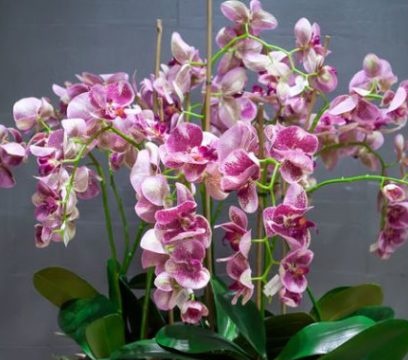
In a natural environment, nothing prevents plants from growing under different conditions, both individually and in tight groups. Therefore, the combination of colors in one container is quite possible. The main rule is to organize optimal conditions for growth and monitor the hygiene of the pot.
Key arguments:
- visual splendor of the planted plant group;
- natural look;
- use of unification to facilitate care.
Picturesque planting is obtained due to the large number of plants, and their flowers in a single place. Orchids of one subspecies, for example, Phalaenopsis, bloom in about one period of time, flowering lasts for 6 months. This helps to achieve unusual decorative items. With the right combination of color, shape and quality design, the resulting composition will become the dominant decoration of both apartments and other rooms.
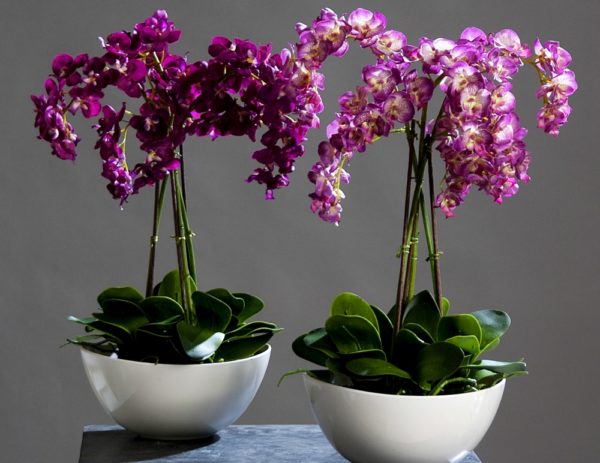
Advantages and disadvantages of co-landing
Among the advantages of group planting, they distinguish - saving the area occupied by plants. Some amateur gardeners, due to more peduncles in one pot, achieve a rich decor. It should be noted savings on the spent materials (pots, substrate, soil, etc.). Another plus - two orchids in one pot can support each other.
The disadvantages of group landing include:
- The dimensions of the tank for landing are much larger than usual and heavier, which will complicate its movement.
- The risk of losing several plants due to diseases or pests is increased. All flowers in the pot fall into the infection zone.
You can avoid the disease by proper care and careful supervision of the collection.
Possible problems when planting in 1 pot
Troubles can arise when transplanting orchids in one pot only because of mistakes made by the florist. Difficulties arise in case of improper care and conditions of detention. One of the reasons is the disease of one of the orchids. All flower growers are faced with this problem only a matter of time. It is solved by exclusion of a diseased flower from the group. The remaining process, preventing possible infection.
Decay of the root system. When rot forms on the roots - this is one of the signs of improper care.Therefore, this is not a planting method, but a flower content. It is quite easy to fix the error, you must perform the following steps:
- pull the orchid out of the pot;
- carefully inspect for rot;
- cut off dead spots;
- treat the plant with fungicides;
- transplant a flower.
Watering mode. Watering the plants is necessary as the substrate dries out or the orchid roots need moisture. Keeping track of watering flowers planted in one pot is easier. This results in significant time savings.
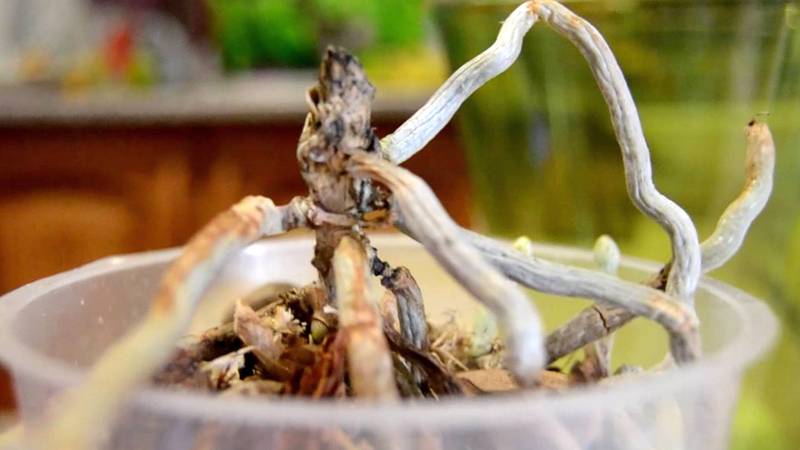 You may be interested in:
You may be interested in:Incorrect transplant. It is difficult to call this a difficult problem, because the need for transplanting orchids is extremely rare. When moving, the handling method is usually used. Transplantation requires close attention to cleaning and trimming dry, rotting rhizomes. If this is done correctly, then there will be no problems.
Technology: how to plant several orchids in one container
An orchid, like any flower, needs a transplant at a certain time. Perhaps the pests appeared, the roots have grown / rotted, the old soil or it's time to separate the children. Several orchids are planted in one container for the decor of large rooms, a lobby, on the summer grounds of private houses.
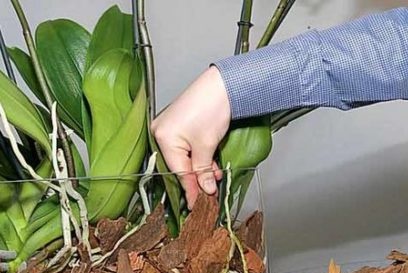
There are many reasons, the transplant process is definitely a hassle, but you should not be scared. You can always use the advice and recommendations of experienced gardeners. To plant 2-3 flowers together, you need to use the same technology as one orchid.
Capacity selection
The container must be selected in a suitable size, heavy (so that the flower does not turn over), wide and with low sides. Options:
- Plastic, with a large number of holes - suitable for orchids with aerial roots (phalaenopsis). It transmits sunlight (except direct rays), air, it is easy to monitor the condition of the roots, an excellent drainage system.
- Oval bowl - best for sympodial orchids. Planted closer to the edge and leave room for root growth.
- Clay (ceramic) with holes has a large weight, which means it will not turn over. There is air circulation, there is no stagnation of water. But you should choose light shades of the pot to prevent overheating of the soil.
- Blocks (wooden) - this capacity is suitable for spring, since during this period the roots grow rapidly. It is imperative to spray the open root system daily, preventing drying out, and maintain high humidity.
- Bamboo or wooden planters - many holes, causing the soil to dry out, requires frequent spraying of orchids. Inside a wooden planter (ladders) put a flower in the net, openings with moss.
- Mesh capacity is a fashionable trend; there is no earth mixture in it, and therefore no nutrients. Need daily spraying and top dressing.
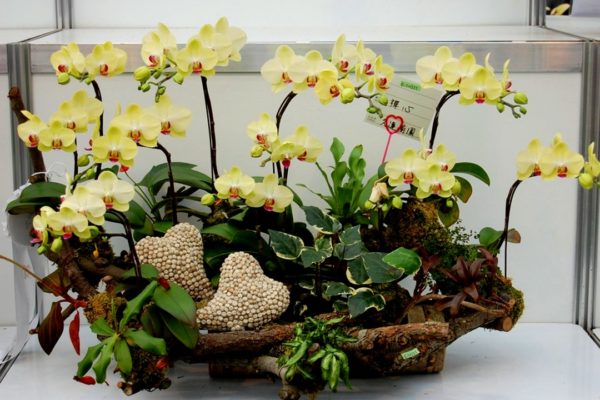
Ornamental branches can be placed in the pot, and orchids can be strengthened with fancy compositions. In this case, it is very good to wrap the roots with moss and spray 2-3 times a day.
Substrate preparation
A flower in nature lives on tree branches or intertwines with roots, receiving nutrition from them. Therefore, in the soil should be bark and moss sphagnum. Florists are advised not to use ready-made purchased mixtures, since they are small-fraction and contain excess peat. Basically, the composition of the mixture is suitable for all types of orchids, only proportions vary. Acidity, moisture capacity and breathability are taken into account.
To prepare the soil mixture, shredded (1.5 cm) pieces of coniferous bark (pine without resin and wood) and deciduous trees of the same species are taken. For antiseptics, add 1-2 pieces of willow bark. The whole mixture is boiled for a couple of minutes and dried in the oven to disinfect. The main thing is not to burn the bark and leave it a little moist if it is planned to be applied immediately. You can add birch charcoal and expanded clay for drainage. Moss is laid on top of the ground. Such a substrate is preferred for epiphytes. More moisture-loving orchids in the soil can add peat, coconut, moss, fir cones.
Root treatment and planting rules
Before transplanting an orchid, it must be carefully removed from the previous container. Rinse with warm water and dry at room temperature for 3 hours. Carefully inspect, probe all the roots for empty, rotten, soft, wrinkled and dry. With a sterile knife (scissors), cut off the rotted parts. The cut should be done 4-5 mm higher (that is, to capture a healthy area), then treated with cinnamon or charcoal.
To plant and grow 2-3 orchids nearby, there are two ways: in 1 pot or each plant separately, but in one cache-pot:
- In one capacity. Choose a spacious flowerpot for good air circulation, taking into account the growth of roots and children. Rinse the container with soda and pour hot water over it. When transplanting, maintain a distance between orchids of 10 cm. Pour washed drainage to the bottom. Keeping the plant on weight, fill the soil. Watering should be at the edge of the pot, the soil mixture should be wet. Bark is added during growth. Top with soil covered with moss. After leaving in the shade at temperatures up to 22 C for 3-5 days without watering.
- In different containers. They put pots with orchids in an elongated flower pot with drainage and a tray. Decorated with expanded clay or marble chips. Cover with a layer of moss on top, it looks like a small flower bed.
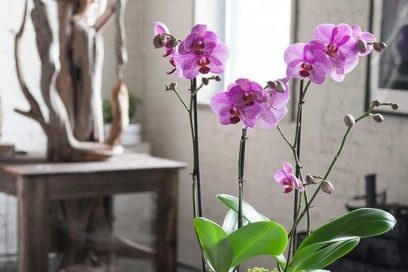
Fastening and care
Often have to transplant an orchid with peduncles. Then, in the pot before pouring the soil mixture, put a stick at the roots near each peduncle. Only after they fill the substrate. If the seedlings do not hold well, you can fix them with clips or ribbons, giving stability. After strengthening the root system, they are removed.
When caring for a plant, it is necessary to feed it: 1 month after planting, year-round, using liquid fertilizers, during flowering with phosphoric fertilizers 1 time in 2 weeks, during a dormant period with nitrogen. It is necessary to ensure the correct temperature and humidity in the room. Do not allow overflow of roots, so as not to rot. It is worth remembering about protecting the flower from parasites by regularly inspecting and rubbing the orchid.
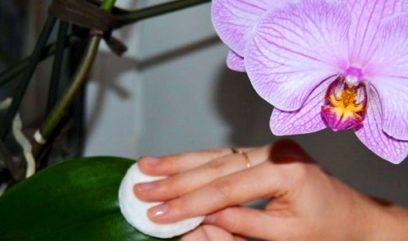
Useful Tips
On the advice of many experts, it is best to choose the option of landing in different containers. Then orchids, each in its own individual "house", can be placed in one pot (round, rectangular, etc.). So it will be feasible to irrigate by watering (do not raise a large flowerpot alone). In case of infection or illness in divided orchids, processing and transplantation is easier. You won’t have to guess how to separate the woven roots, and their ventilation will be provided normally.
 You may be interested in:
You may be interested in:Orchid is a flower of love. With great desire and good care, you can grow several flowers in one pot. They look elegant, magnificent and delight with their beauty.

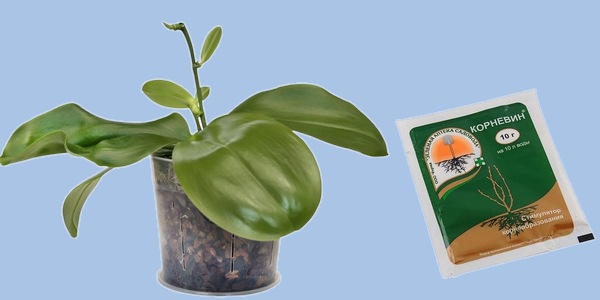
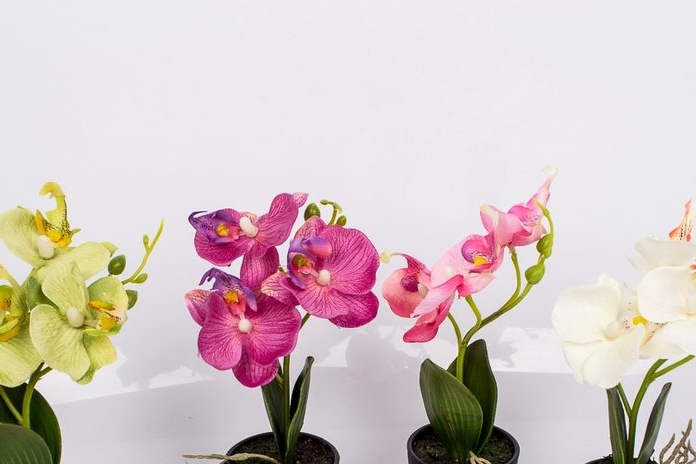
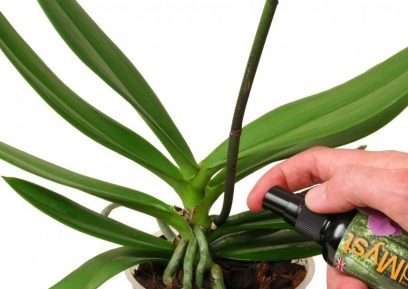
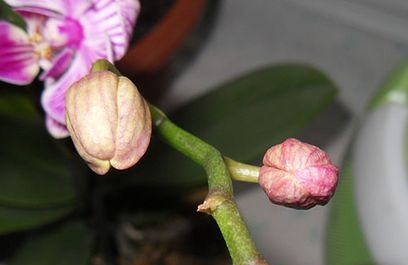 Reasons why orchids fall flowers and what to do
Reasons why orchids fall flowers and what to do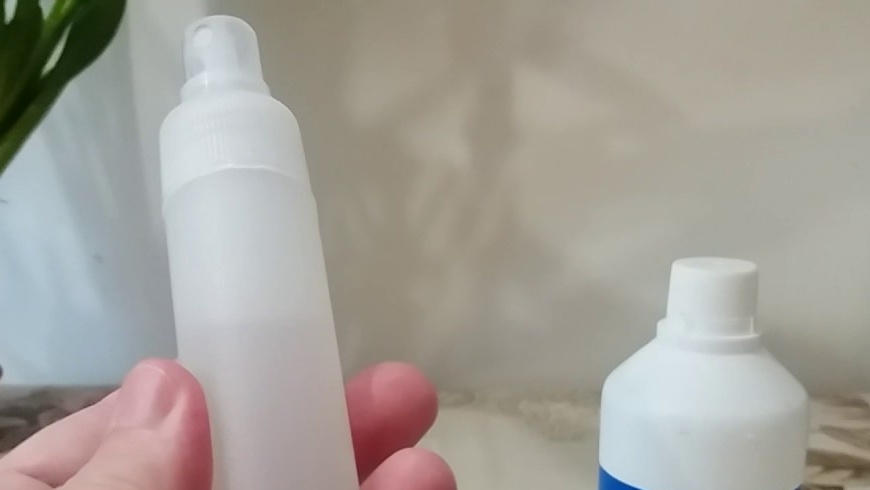 How to use hydrogen peroxide for orchids and why
How to use hydrogen peroxide for orchids and why Midges are wound up in the orchid: effective ways to get rid
Midges are wound up in the orchid: effective ways to get rid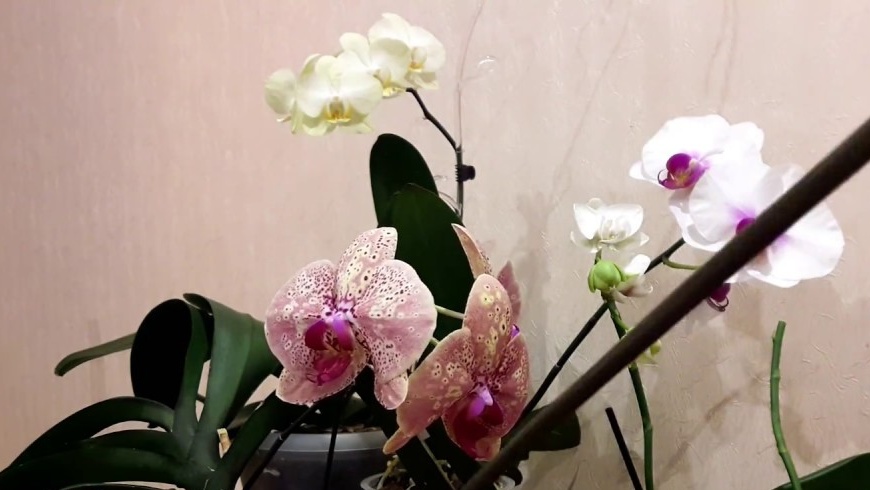 Is it possible to transplant an orchid during flowering
Is it possible to transplant an orchid during flowering